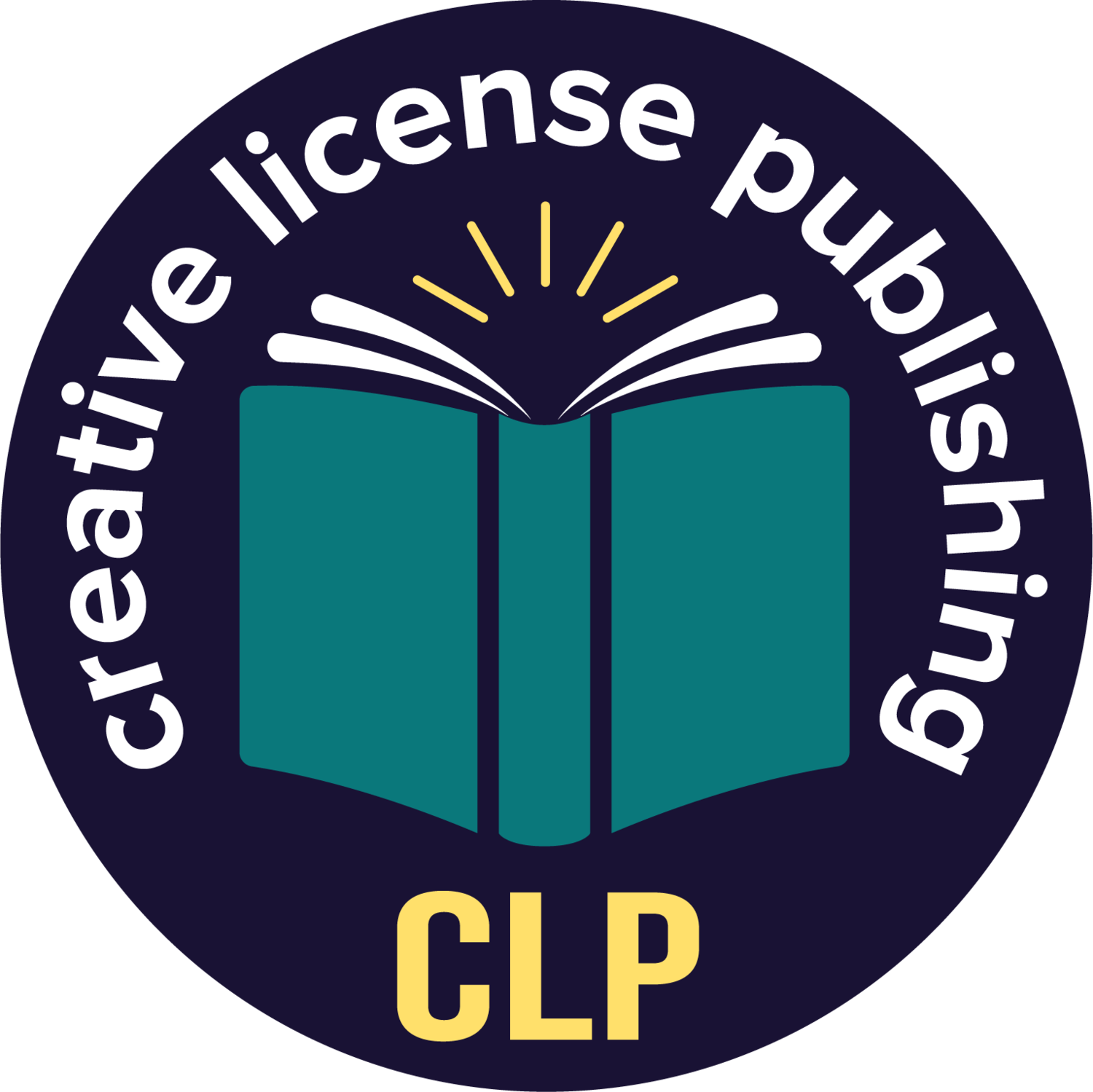How To Set and Achieve Your Writing Goals
At the start of the new year, I’m going cliché and addressing the subject of goal setting. Yes, I know everyone sets goals for themselves in January and abandons them by February. If you go to a gym, you know the first month of the year is packed and members are forced to wait in line for a turn on the treadmill. But by the end of February, the place is a ghost town. And yes, I’m more than a little afraid that you will read this blog, see it as good advice, but move on almost immediately. I get it. However, I ask you to read this blog, digest it, reread it, and then methodically follow the steps I lay out.
How do I know this will work? Because it’s a proven process coming from a leading expert in performance psychology, Dr. Nick Molinaro. Dr. Molinaro has worked with junior, collegiate, Olympic, and professional athletes in a multitude of sports to increase their performance as well as many c-suite executives from large organizations. After seeking his advice for my own child’s performance issues in competitive junior golf, Dr. Molinaro and I co-wrote a sport psychology book for parents with kids involved in youth sports. The beauty of performance psychology is it can be applied to anything, which was the point of our book – best they learn it young, doing something they love.
So, let’s get started. Do you know the difference between a wish and a goal? If I say I want to write a New York Times bestseller, is that a wish or a goal? At the point of expression, it’s just a wish. It’s not enough to just say you want to do something. Action will beget achievement by using the following steps:
Step One – Set Your Goal: Choose a goal that is both attainable and measurable within a reasonable timeframe. Do not set a lofty, pie-in-the-sky objective. You should challenge yourself but keep your target within your reach and do it within a reasonable amount of time. This will help you avoid frustration or giving up on your objective.
Step Two – Breakdown the Goals: Take your attainable and measurable goal and break it down into the following three key levels: outcome, performance, and process. The outcome goal is the overall goal. The performance goal is how you will measure if the goal is met. And the process goal is the specific task needed to achieve the first two levels: outcome and performance.
To exemplify this process, suppose a writer sets a goal to finally finish his or her first novel. Completing the novel becomes the overall or outcome goal. The performance goal might be to write another 30,000 words. And the process goal will be to write 1,000 words per day, 5 days per week, for the next 6 weeks.
Step Three – Assessment: At the end of the pre-set timeframe, go back and review the outcome goal. Using the above example, at the end of week six the writer will immediately ask: Did I write 30,000 words? Did I finish the book? If so, great, then they will move on and immediately set another goal using the same process. If the writer did not achieve the goal, then he or she must ask themself why and define what went wrong. Then the writer will re-define the goal and start the process again.
Remember, learn from failure as much as from success. Giving up will never lead to growth and achievement. As with anything, once this goal setting process is repeated it will become a learned skill and will be employed as a critical tool in all aspects of your life.
Click on the button below, sign up for our mailing list and you will get a free goal setting worksheet. If you choose to share your goals with us, we will be your accountability coach free of charge – just email us your completed worksheet to info@creativelicensepublishing.com.


